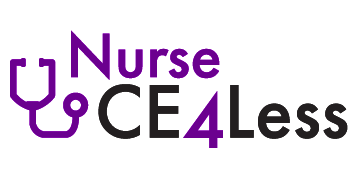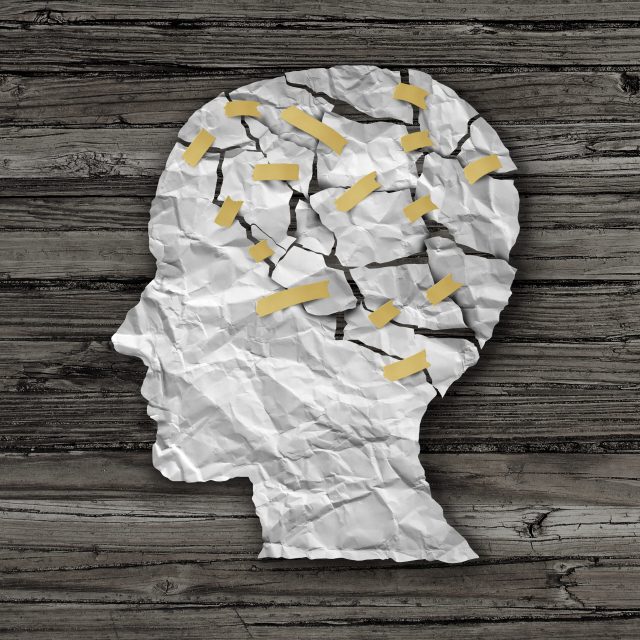Course Summary
Head trauma can lead to physical and mental disability as well as significant morbidity and mortality. Understanding brain anatomy and physiology is fundamental to an accurate clinical assessment, diagnosis and prognosis of the brain injured patient. The challenge of ensuring patient recovery and quality of life following head trauma and of addressing the lifelong implications and family needs of brain injured patients must take into account current evidence-based recommendations for interdisciplinary health team approaches in their work to promote the health and wellbeing of patients with a head injury.
Course Format
Homestudy
Course Syllabus
- I. Introduction
- II. Epidemiology and Statistics of Brain Injuries
- 1. Traumatic Brain Injury
- III. Head and Brain Anatomy and Physiology
- 1. Scalp
- 2. Skull
- 3. Meninges
- 4. Cranial Vault and Brain
- 5. Right and Left Brain Hemispheres
- 6. Nervous System
- 7. Vascular System
- 8. Cranial Nerves
- 9. Hypothalamus
- 10. Brainstem
- 11. Brain Cells
- 12. Cerebrospinal Fluid
- 13. Ventricles
- 14. Other Parts of the Brain
- IV. Types of Traumatic Brain Injury
- 1. Open versus Closed Injuries
- 2. Diffuse versus Focal Injuries
- V. Symptoms of Head Injury
- 1. Mild Head Injury Symptoms
- 2. Moderate to Severe Head Injury Symptoms
- VI. Neurological Deficits Due to Head Injury
- 1. Amnesia
- 2. Pupil Changes
- 3. Stiff Neck and Headache
- VII. Physical Conditions and Altered Consciousness
- 1. Nausea and Vomiting
- 2. Change of Consciousness
- VIII. Altered States of Consciousness
- 1. Coma, Vegetative State, Stupor
- 2. Minimally Conscious State
- 3. Locked-In Syndrome
- 4. Brain Death
- IX. Glasgow Coma Scale
- X. Treatment for Brain-Injured Patients
- 1. Intracranial Pressure Monitoring
- 2. Pharmacological Treatment
- 3. Surgery
- 4. Timing of Therapy
- XI. Rehabilitation of the TBI Patient
- 1. Acute and Post-acute Rehabilitation
- 2. Subacute Rehabilitation
- 3. Outpatient Treatment, Home Health and Independent Living
- XII. Prognosis for Recovery and Family Adjustment
- XIII. Impact on Family Members
- XIV. Case Study: Motorcycle Accident and Blunt Head Trauma
- XV. Case Study: Closed Head Trauma in an Infant
- XVI. Research Study: Keppra Prophylaxis
- XVII. Summary
Author
Noah H. Carpenter, MD
Dr. Noah Carpenter is a Thoracic and Peripheral Vascular Surgeon. He completed his Bachelor of Science in chemistry and medical school and training at the University of Manitoba. Dr. Carpenter completed surgical residency and fellowship at the University of Edmonton and Affiliated Hospitals in Edmonton, Alberta, and an additional Adult Cardiovascular and Thoracic Surgery fellowship at the University of Edinburgh, Scotland. He has specialized in microsurgical techniques, vascular endoscopy, laser and laparoscopic surgery in Brandon, Manitoba and Vancouver, British Columbia, Canada and in Colorado, Texas, and California. Dr. Carpenter has an Honorary Doctorate of Law from the University of Calgary, and was appointed a Citizen Ambassador to China, and has served as a member of the Indigenous Physicians Association of Canada, the Canadian College of Health Service Executives, the Science Institute of the Northwest Territories, Canada Science Council, and the International Society of Endovascular Surgeons, among others. He has been an inspiration to youth, motivating them to understand the importance of achieving higher education.



